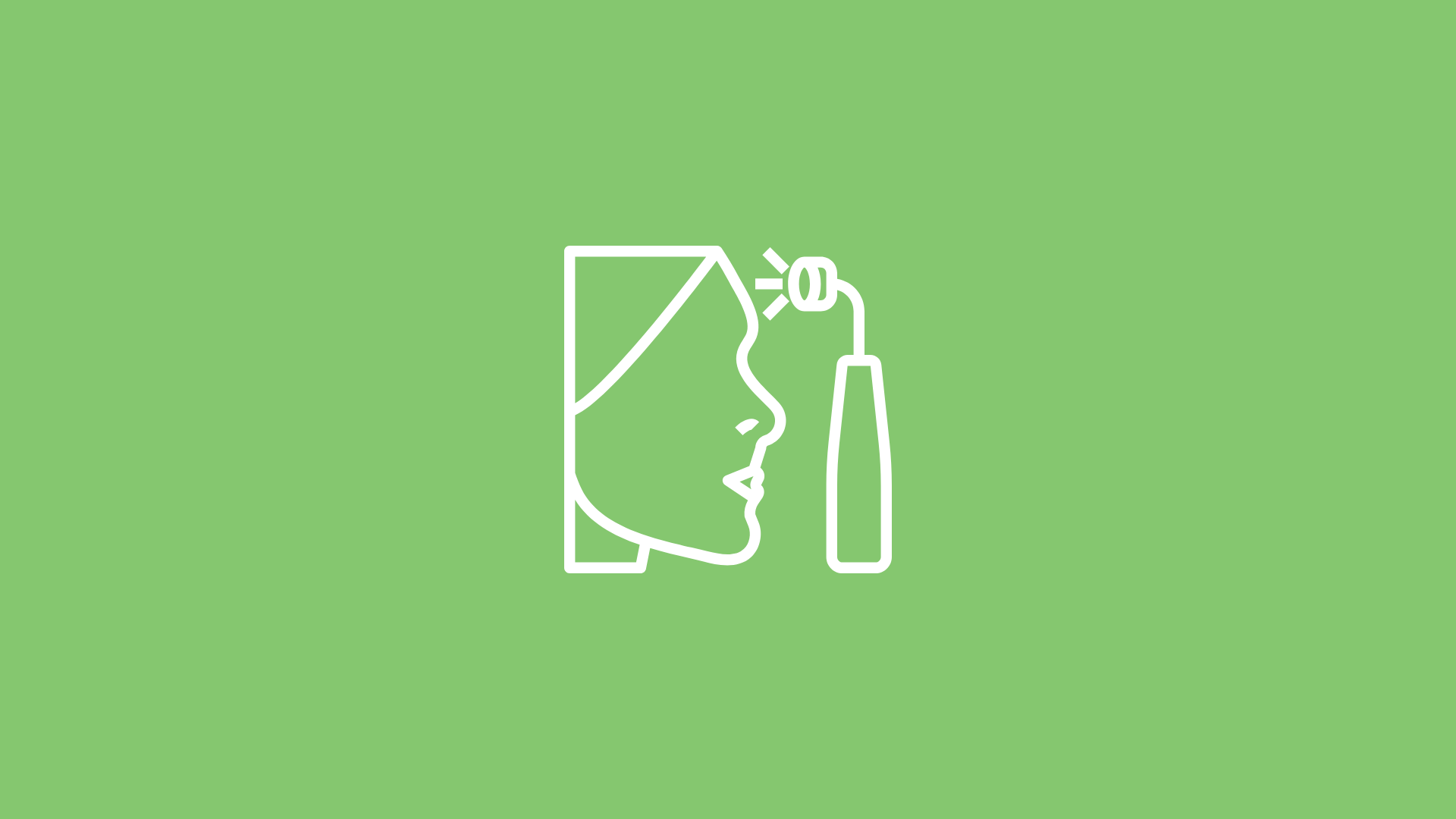Facial Toning
A Part of the Face Care Essentials Series

Facial toning, often overlooked, is an essential step in a comprehensive skincare routine. This section will guide you through the importance of facial toning, its benefits, and how it prepares your skin for the subsequent steps in your regimen. You’ll learn the various types of toners, their key ingredients, and how they cater to different skin types. Understanding facial toning can help balance your skin’s pH, refine pores, and enhance the effectiveness of your skincare products.
The purpose of facial toners
1. Cleansing: Toners remove any remaining traces of dirt, grime, and impurities stuck in your pores after washing your face.
2. Balancing Skin’s pH: They can help balance the skin’s pH.
3. Hydration: Toners provide a base layer of hydration¹ and increase the water content of the outer layer of skin. Some toners contain ingredients like hyaluronic acid that increase your skin’s hydration.
4. Minimizing Appearance of Pores: They can minimise the appearance of pores.
5. Prepping Skin: Toners prep your skin for additional cosmetics and products that come afterwards. They act like a primer for the rest of your skincare routine.
6. Addressing Specific Skin Concerns: Some toners contain ingredients that can soothe, nourish, or address specific skin concerns, contributing to an overall skincare routine.
It’s important to note that today’s toners are more moisturising and soothing compared to previous generations of toners, which were high in alcohol content and could be drying. When choosing a toner, it’s best to avoid formulas with harsh ingredients that can irritate your skin.
How to apply facial toner
1. Cleanse your face: Start by washing your face with a gentle cleanser to remove initial impurities and oils from your skin.
2. Apply the toner: Pour a small amount into one palm, rub both palms together, and then gently pat the toner on your face with your hands. Alternatively, you can saturate a cotton pad with your preferred product and brush it over every part of your face, neck, and chest.
3. Wait for absorption: Leave the toner for a few minutes to absorb into the skin.
4. Moisturise: Apply toner after cleansing and before using a moisturiser.
It’s important to note that there are different types of toners designed to benefit different skin concerns. For example, soothing toners containing chamomile and rose water are formulated for sensitive and dry skin, while ingredients such as retinol and niacinamide are designed to control oily and acne-prone skin. Understanding your skin type is crucial to selecting the most effective toner for your specific concerns.
Remember, toners help remove any remaining impurities after cleansing and restore the pH balance of your skin. They also prepare your skin for the absorption of additional skincare products. So, using a toner can provide many benefits in the long term.
Types of facial toners
1. Hydrating Toners: These are the gentlest facial toners that contain humectants like hyaluronic acid or glycerin. They are designed to increase hydration, especially when applied right after washing your face.
2. Exfoliating Toners: These toners help remove dead skin cells from the surface of your skin. They often contain ingredients like alpha hydroxy acids (AHAs), beta hydroxy acids (BHAs), or polyhydroxy acids (PHAs) that help to exfoliate and reveal fresher, brighter skin.
3. Treatment Toners: These toners are formulated to address specific skin concerns, such as acne, redness, or hyperpigmentation. They often contain active ingredients that target these issues.
In addition to these, there are also toners specifically designed for different skin types, such as toners for dry skin, oily skin, sensitive skin, and mature skin. It’s important to choose a toner that suits your skin type and addresses your specific skin concerns. For example, if you have oily skin, you might benefit from a toner that helps control oil production. If you have sensitive skin, a soothing toner might be beneficial.
Remember, the best way to use a toner is to apply it after you’ve cleaned your skin with your go-to face wash. This helps to remove any remaining traces of makeup or oil, resulting in cleaner skin.
Read the next article in the Face Care Essentials Series: Facial Moisturising.
